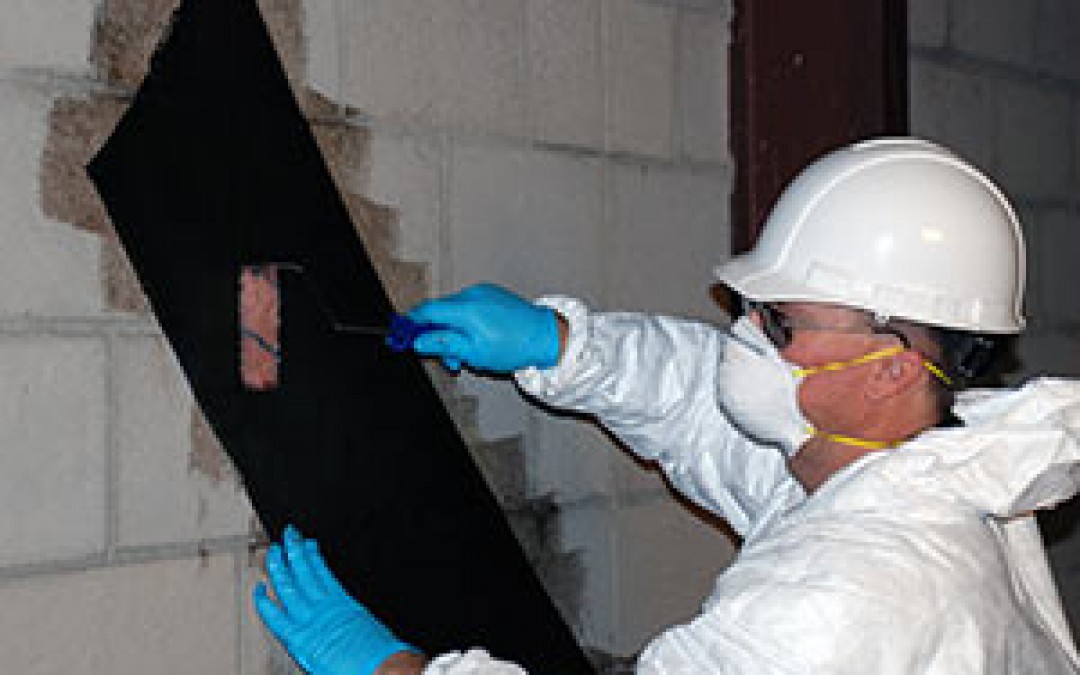Your home is likely your largest investment. Might as well protect it, right? Many of your home’s most expensive repairs are avoidable or simply less costly if you’re aware of them early enough. So what should you look for? Well, a number of things, honestly. But in many cases, be them oh-so-subtle, your home will tell you when there’s a problem. Wall cracks are a very common symptom of something more serious, so pay very close attention to them, but keep in mind that a few minor cracks in your walls doesn’t mean your house is about to crash down on you. In fact, minor cracking is often just a side-effect of your home’s natural shifting in its first few months of existence. And while this blog will give you some guidelines of what to look for, the best and most accurate way to determine the severity of your cracks is to contact an expert.
The shape of your wall’s crack can tell you a lot about how it formed, and therefore, its severity.
- Vertical Cracks. Vertical cracks that start near the apex of the wall (where the wall meets the ceiling) are often just a result of your home’s initial settling. Since the cracks run in the same direction as the drywall, they tend to be less serious than other wall cracks. Using a combination of StrongHold’s Crack Injection and Cracked Wall Repair Kit will confine the crack and prevent it from growing or allowing any moisture inside your home.
- Horizontal Cracks. Horizontal cracking can be an indicator of something more serious happening with your wall or foundation. In many cases, a horizontal crack is caused by soil pressure against the outside of the wall. If this is the case, then your wall isn’t just cracked; it’s cracked and bowed, indicating that the eccentric force that once stabilized it is actually forcing it inward. If not attended to soon, your repair costs could easily be 10 times what you’ll spend for a StrongHold Bowed Wall Repair Kit, or worse, your wall could fully collapse. If you suspect that your wall is bowed, contact StrongHold immediately to purchase a DIY kit or be directed to a certified installer to perform the repair for you.
- Stair-Stepped Cracks. Stair-stepped cracks in vertical or horizontal patterns usually follow the wall’s grout lines, and are often a result of soil settling beneath the center of your wall. While not a drastic emergency by any means, you’ll want to confine these cracks before they spread. StrongHold’s Cracked Wall Repair Kit is, again, a great solution.
If you’re unsure whether your wall crack is structural or just normal wear and tear, check the doors and windows that are on that wall (if possible). If your doors stick when you open or close them, and there’s nothing obstructing the swinging motion (and no tacky paint to hold them in place), your cracks are probably more serious. Sticking doors and windows are often a symptom of a significant foundation shift, which may have twisted your home’s frame.
In all cases, whether you think it’s a big deal or not, the best peace of mind can come from asking an expert. If you’re unsure, don’t take the risk! Contacting a foundation specialist or general contractor doesn’t mean you’re automatically going to spend a lot of money, and getting a proper diagnosis early will save you so much more in the long run.
Interested in getting more information about StrongHold’s products for residential strengthening? Email me today at STRsupport@hj3.com.




